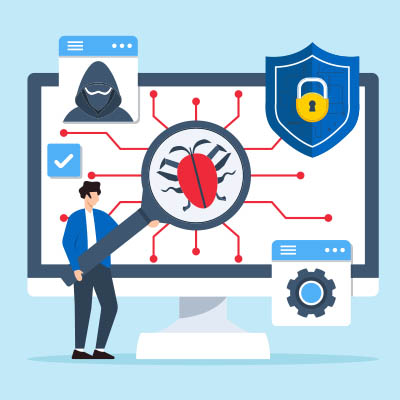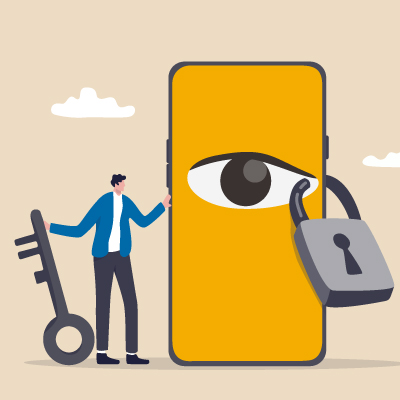Remote work has proven incredibly useful over the past few years despite many employers having various concerns about its implementation. While these concerns vary, one prevalent one is how remote operations impact cybersecurity. If you’re utilizing remote operations to any degree and aren’t concerned about cybersecurity, you must adjust this mindset and correct your approach.
Data breaches can cripple companies and can come from a lot of different directions. They can be the result of phishing attacks where your staff unwittingly gives hackers access to your business’ resources. It can come from a brute force attack where hackers use innovative tools to break into your network. It can even be the work of disgruntled employees who use their access to steal company data. This month, we want to outline the top three things you can do to keep your business from being hacked.
Most businesses rely on their technology. However, a failure to manage that technology can lead to significant financial waste and operational inefficiencies. One major way a business can waste money is through over-investment in unnecessary or overly complex IT infrastructure. Let’s briefly examine how companies waste their money on technology and how to identify if technology is working for your business.
Cybercriminals will do anything they can to get what they want. They will lie and cheat to break into an organization’s network and siphon off the data or gain control. One of the most utilized tactics that cybercriminals use today is called social engineering. This month, we will discuss social engineering and how it puts everything you work for in jeopardy.
Social media is constantly evolving, and if the big social networks had it their way, it would be the only place people go when they log onto the Internet. Whether you have strong feelings for or against social media, or perhaps you are indifferent, it’s important to understand how to protect yourself when using social media.







